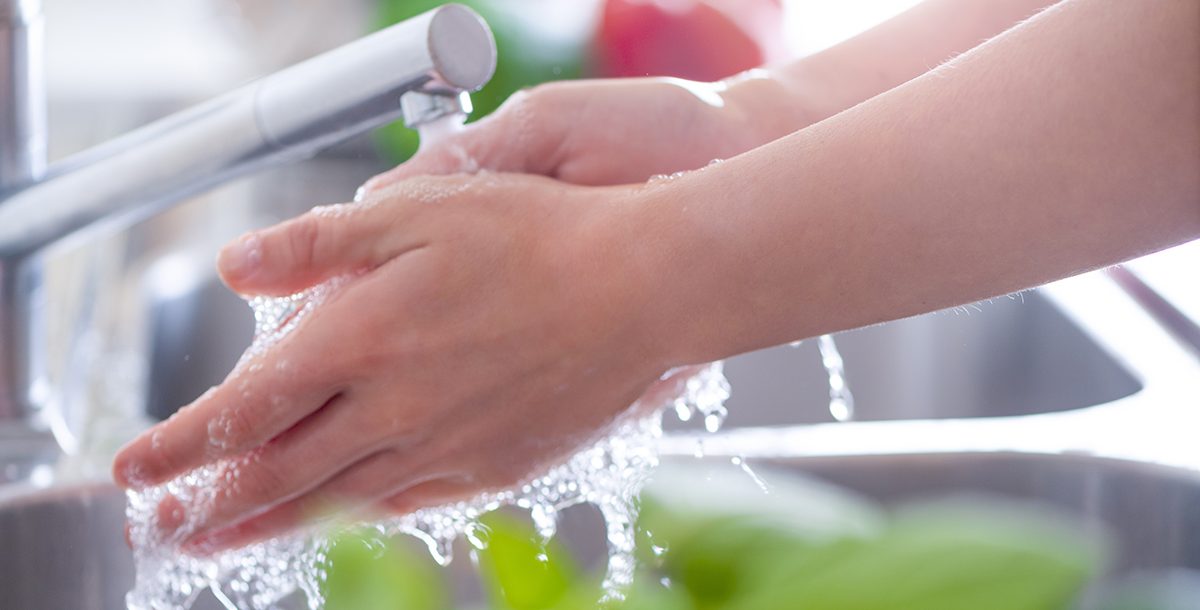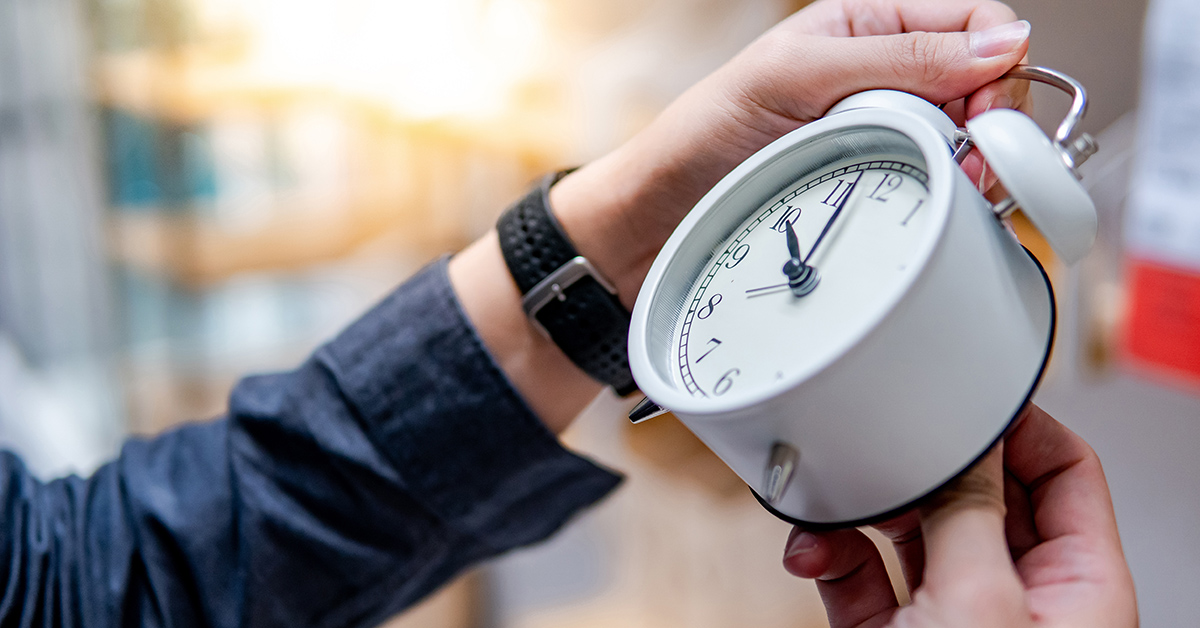One pillar of a healthy lifestyle is washing your hands multiple times each day. With COVID-19 as well as cold and flu season, this habit is now even more important because it is a great way to help keep you and your family from getting sick.
We have all the handwashing information you need, including why it is important, how and when to do it and tips on teaching your child this important habit.
The importance of handwashing
We encounter all types of germs in our daily lives. Handwashing is important because it is one of the best ways to avoid the spread of diarrheal and respiratory infections to others. It is also one of the best actions you can take to avoid getting sick.
Germs spread very easily in a lot of different ways. They can spread when you touch your mouth, eyes or nose with a dirty hand. If food and drinks are prepared by someone with unwashed hands, these items can spread germs. Also, if you cough or sneeze, then touch someone else or a public surface, you are most likely spreading germs.
When to wash your hands
You want to make sure to wash your hands constantly throughout the day. However, pay extra attention to the following key times, as they are when germs are most likely to spread.
- Before, during and after preparing food
- Before eating food
- After blowing your nose, coughing or sneezing
- After touching garbage
- After using the toilet
- After touching an animal, animal feed or animal waste
- After handling pet food or pet treats
- After changing diapers or cleaning up a child who has used the toilet
- Before and after caring for someone at home who is sick
- Before and after treating a cut or wound
During the winter months, take extra precautions by washing your hands when you have been in public and have touched one or more of the following items:
- Door handle
- Gas pump
- Electronic cashier screen
- Shopping cart
- Table or counter
The five steps of proper handwashing
Proper handwashing does take a little more time. However, it is worth it because it gets rid of the most germs possible.
To wash your hands properly, be sure to do each of these steps:
- Run your hands under clean water to get them wet. The water can be cold or hot.
- Lather your hands with soap and rub them together. Cover all of the areas of your hand, including the backs of your hands, between your fingers and under each fingernail.
- Continue to scrub your hands for at least 20 seconds. Singing the “Happy Birthday” song all the way through twice is a great way to time yourself.
- Use clean water to rinse the soap off your hands completely.
- Dry your hands using a clean towel. You can air dry them as well.
What about hand sanitizer? Handwashing is the first choice because it removes the most germs. However, hand sanitizer is a great second choice when you don’t have access to soap and water. The hand sanitizer you use should contain at least 60 percent alcohol.
Creating handwashing habits with your kids
Caregivers and parents play a critical role in developing a child’s handwashing habits. Like the majority of habits with kids, the earlier they are exposed to it, the more likely it becomes part of their daily routine.
These tips will help you teach your child about proper handwashing:
- Lead by example and make sure you are practicing proper hand hygiene throughout the day.
- Constantly remind them about washing their hands throughout the day, especially during the key times listed above.
- Wash your hands together and walk them through the five steps above. Have fun and make a game out of it.
Learn about the health care services we offer at Bon Secours.





